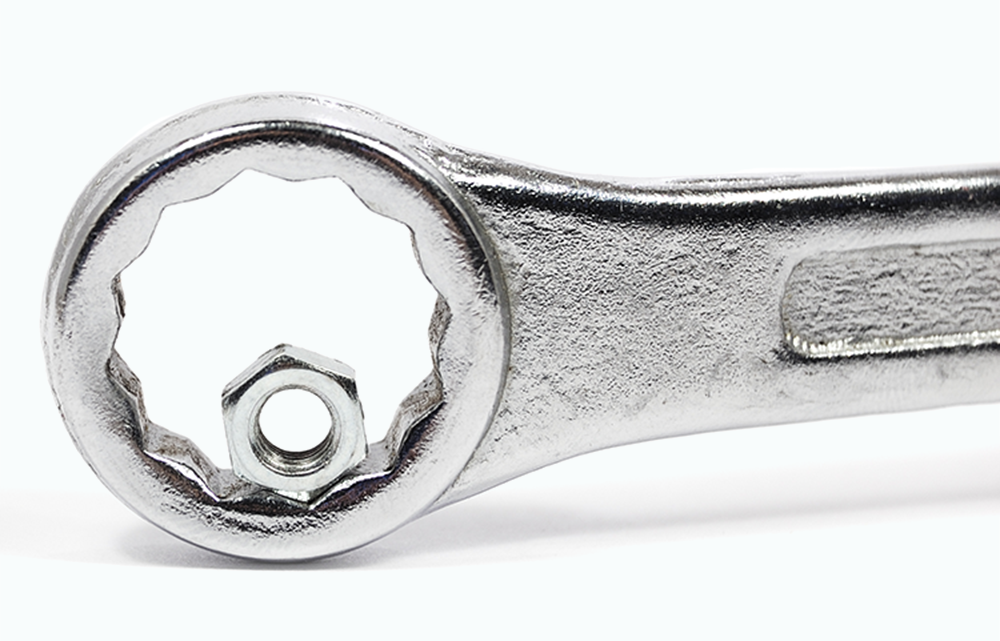Security System Designer

Introduction
In an increasingly connected world, protecting people, property, and data has never been more critical. Whether it’s a commercial office, residential development, hospital, data centre, or smart home, a robust and well-integrated security solution is no longer a luxury – it’s a necessity. This is where the expertise of a security system designer becomes invaluable.
These professionals work closely with clients, engineers, and project managers to create tailored security systems that not only address present threats but also anticipate future risks. From access control and CCTV to advanced intrusion detection and fire integration, the role is both technical and strategic.
What Does a Security System Designer Do?
At its core, a security system designer is responsible for the security system design and planning of integrated protection solutions. Their focus is on meeting security objectives, addressing known and potential vulnerabilities, and delivering fully integrated systems that meet client operational requirements.
They work alongside security consultants, engineers, and installation teams, contributing to the early stages of planning through to the final stages of implementation.
The Role in Detail
A typical day might involve:
- Conducting site assessments and reviewing floor plans
- Defining the security requirements of the space
- Selecting and specifying the right equipment
- Mapping out the security system design process
- Coordinating with project teams on timelines and budget
- Designing scalable systems that allow for upgrades and evolving technology
Every solution must be tailored to the client’s needs – no two sites are the same, and no two systems should be either.
Understanding Security Systems
Security systems encompass a wide range of components, including:
- CCTV and video surveillance
Access control and credential management - Intruder alarms and perimeter protection
- Intercom and door entry
Fire detection integration - Smart home automation and control
Designers must ensure all components function cohesively – that’s where integration becomes key.
What is Security System Design?
Security system design is the structured process of analysing, planning, and configuring systems to safeguard an environment. It includes:
- Identifying threats
- Defining control zones and high-risk areas
- Selecting technologies to deliver results
- Creating detailed system designs
The Security System Design Process
A well-executed security system design process follows these typical stages:
- Consultation & Planning – Understanding the client, the site, and the threats involved.
- Concept Design – Early drafts and system designs based on the risk profile.
- Technology Selection – Choosing the right products, including smart home devices where relevant.
- Integration Planning – Ensuring all the devices work together.
- Documentation – Detailed system drawings, wiring diagrams, and specifications.
- Handover Support – Working with engineers during installation and testing.
Working with Security Consultants
- Physical safety
- Data and networks
- Equipment and property
- Regulatory compliance
Project Management and Communication
- Track technical issues during build
- Support procurement with product selection
- Keep stakeholders informed of system revisions
- Ensure quality assurance throughout
Strong communication skills are essential. The best designers don’t just draw – they create clarity, guide expectations, and help clients make informed decisions.
Designing Systems for Access Control
Modern access control is far more than a swipe card. It includes:
- Biometric systems (fingerprint, iris, facial recognition)
- Mobile credentials
- Cloud-based access logs and permissions
- Role-based access to different areas
A security system designer ensures that the chosen access technology is secure, scalable, and fits the environment. For high-security sites, redundancy, monitoring, and control become critical.
Smart Homes and Residential Projects
The smart home market has exploded – and with it, the need for security professionals who understand both lifestyle and protection. Here, the designing systems process may involve:
- Integrating with home automation (lights, heating, locks)
- Creating app-based control of security functions
- Ensuring privacy and security are not compromised
- Planning for aesthetic considerations as much as technical ones
In these cases, the designer is at the intersection of tech, lifestyle, and peace of mind.
Designing for Businesses and Commercial Clients
For commercial clients, the stakes are high. Theft, cyber intrusion, vandalism, or business disruption can cause reputational and financial damage. A dedicated team of designers and consultants is often needed to:
- Design security systems that protect multiple entry points
- Incorporate analytics and AI into monitoring
- Ensure safeguard measures support insurance requirements
Staying at the Forefront of Security Technologies
A top-tier security system designer needs to be on top of the latest security technologies, including:
- AI-powered video analytics
- Cloud-based management systems
- Wireless mesh networks
- Edge computing
- Behavioural biometrics
It’s not enough to know what works now, they must also anticipate what will work next. That requires continuous learning and staying at the forefront of innovation.
Subcontract vs Permanent Employment
Security design professionals can take two main routes for fire and security jobs:
Permanent Designers
- Employed by integrators, consultancies, or manufacturers
- Typically focus on other projects once a job completes
- Benefit from career development, training, and internal support
Subcontract Designers
- Freelance or limited company specialists
- Often work on high-value or time-sensitive projects
- Flexible on site visits and remote working
- Can command higher day rates for niche expertise
Both routes offer opportunity – the right choice depends on personal goals, lifestyle, and market demand.
Key Skills and Qualifications
To succeed as a security system designer, the following skills are essential:
- CAD drawing and system documentation
- Knowledge of security systems and standards (e.g. NSI, BS EN)
- Understanding of integration and control panels
- Communication and planning
Analytical problem-solving
Some roles require vendor training (e.g. Genetec, LenelS2, Gallagher), while others focus on broader security consulting skills.
Working with Clients and Creating Value
- What are they trying to achieve?
- What are the likely threats?
- What is the available budget?
- What can be done with future upgrades?
Designers must work closely with stakeholders to align security with business outcomes. This means listening, challenging assumptions, and delivering tailored solutions – not just systems.
Why a Holistic Approach Matters
- Looking beyond just the physical system
- Considering human behaviour and operational needs
- Factoring in security risks
- Thinking about how people connect and interact with the system
How CSR Can Help
At CSR, we work with some of the UK’s leading security consultants, integrators, and end-user clients. Whether you’re a contractor looking to take on your next design role, or a business seeking the right expertise for a complex project, we can help.
We recruit for:
- Security system designers
- Sales and design engineers
- CAD and technical
- Commissioning and integration engineers
We understand what matters – from product selection and qualifications to real-world implementation experience.
Start Your Journey With CSR
Whether you’re a seasoned security system designer, transitioning into design from engineering, or just exploring the role, we’re here to help you take the next step.
We support clients and candidates across the UK, offering access to permanent and subcontract opportunities with the sector’s top employers.
📞 Call CSR on 01708 737744
We are here to help you achieve your goals in the fire and security industry.
Every Job is Easier if You Have the Right Tools
